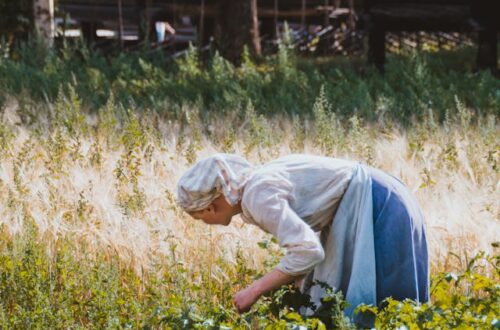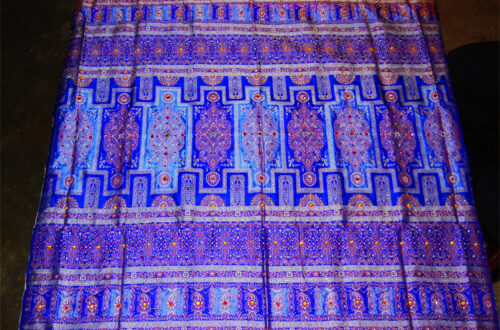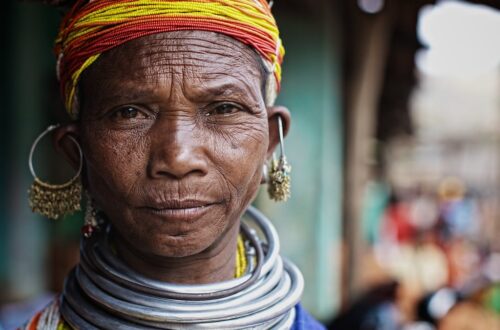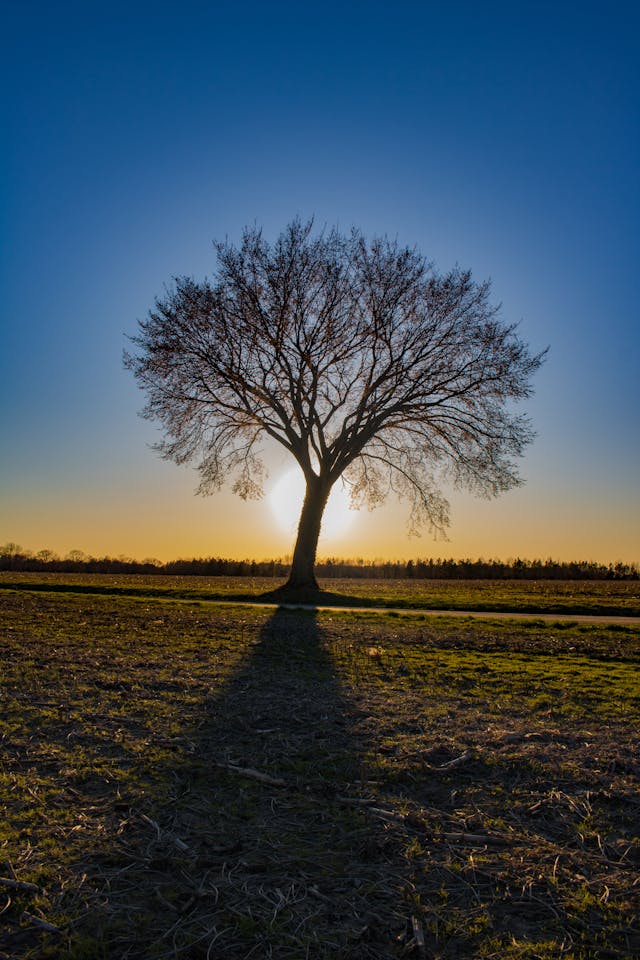
Bhuban Village: Unveiling Asia’s Largest Village, Its Culture & Significance.
Nestled in the heart of Odisha, Bhuban village in the Dhenkanal district holds the title of Asia’s largest village. With its sprawling landscape, rich cultural heritage, and significant contributions to the region’s socio-economic fabric, Bhuban is much more than just a large settlement. It is a vibrant community where tradition meets progress, where the past is honored even as the future is embraced. This article delves deep into the history, culture, significance, and visitor experience of Bhuban village.
Introduction to Bhuban Village
Bhuban village, located in the Dhenkanal district of Odisha, India, is renowned as Asia’s largest village, a title that speaks volumes about its size and population. With over 50,000 residents, Bhuban is not just a village in the conventional sense; it is a thriving community that functions much like a small town. Despite its size, Bhuban retains the essence of rural life, where traditional values and practices are deeply rooted in the daily lives of its people.
The village is surrounded by the scenic beauty of Odisha, with the Brahmani River flowing nearby, enhancing its natural charm. The lush greenery, fertile agricultural lands, and the picturesque backdrop of the Eastern Ghats make Bhuban a place of immense natural beauty. But it is not just the landscape that makes Bhuban remarkable; it is the people, their culture, and the village’s historical significance that truly set it apart.
Historical Significance of Bhuban Village

Bhuban’s history is intertwined with the broader history of Odisha. The village has been an important settlement for centuries, with its origins tracing back to the early medieval period. Over the years, Bhuban has evolved from a small hamlet to a large, bustling village, playing a significant role in the region’s agricultural and economic development.
Historically, Bhuban has been a center for trade and commerce, particularly in the weaving industry. The village is known for its skilled weavers who produce exquisite handloom products, including sarees and textiles that are highly sought after across the state and beyond. The handloom industry in Bhuban is not just a source of income for many families but also a symbol of the village’s rich cultural heritage.
The village also has historical connections to various freedom movements in India. During the struggle for independence, Bhuban was a hub of revolutionary activities, with many villagers actively participating in protests and movements against British colonial rule. The legacy of this resistance is still remembered and celebrated in the village, adding to its historical importance.
Cultural Heritage of Bhuban Village
The cultural heritage of Bhuban is as vast and diverse as its population. The village is home to a mix of communities, each contributing to the rich tapestry of traditions, customs, and festivals that define Bhuban’s cultural landscape.
Balada Yatra (Bullock Festival) in Bhuban, Dhenkanal
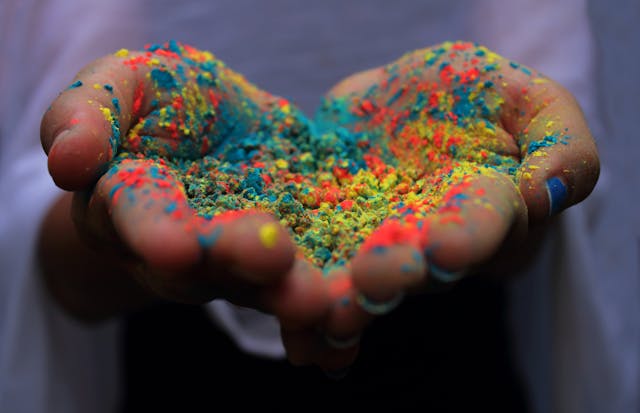
Bhuban village in Dhenkanal is home to some unique and vibrant festivals, one of which is the Balada Yatra or Bullock Festival. This annual event is a grand celebration that honors the hard work and significance of bullocks in the agrarian lifestyle of the villagers. Bullocks, which play a crucial role in plowing fields and transporting goods, are celebrated during this festival with great enthusiasm.
During the Balada Yatra, bullocks are adorned with colorful decorations, including bright clothes, painted horns, and flower garlands. The festival typically includes a parade where these decorated bullocks are led through the village, accompanied by traditional music and dance. The villagers offer prayers and seek blessings for a good harvest and the well-being of their livestock. The event is not just a celebration of the animals but also a reflection of the deep bond between the villagers and their bullocks.
The festival is marked by various cultural activities, including folk performances, competitions, and games. It is a time of community bonding, where people come together to celebrate their shared heritage and the importance of agriculture in their lives. Visitors to Bhuban during the Balada Yatra can witness these traditions firsthand, making it a unique cultural experience.
Festivals and Celebrations

Bhuban is a village where festivals are celebrated with great enthusiasm and fervor. Among the most significant festivals is the Raja Parba, a three-day festival dedicated to celebrating womanhood and the onset of the monsoon season. During this festival, the village comes alive with music, dance, and traditional games, with people from all communities participating in the celebrations.
Another major festival is Dola Purnima, also known as Holi. This festival of colors is celebrated with unique rituals in Bhuban, where traditional music and dance performances are integral to the festivities. The village also celebrates Durga Puja, Diwali, and Kartika Purnima, among other festivals, each with its distinct local flavor.
Handicrafts and Weaving
Bhuban is renowned for its handloom industry, particularly its weaving tradition. The village is known for producing high-quality cotton and silk sarees, which are famous for their intricate designs and vibrant colors. The weaving techniques used in Bhuban have been passed down through generations, and the craftsmanship of the weavers is highly regarded.
The sarees and textiles produced in Bhuban are not just popular in Odisha but have also gained recognition across India. The traditional motifs and patterns used in the weaving are reflective of the region’s cultural heritage, with designs often inspired by nature, mythology, and local folklore.
Music and Dance
Music and dance are integral parts of Bhuban’s cultural identity. The village has a rich tradition of folk music, with songs that narrate tales of love, nature, and mythology. Pala and Daskathia, traditional forms of storytelling through music, are particularly popular in Bhuban. These performances are often accompanied by folk instruments such as the mridanga (drum) and harmonium, creating a mesmerizing experience for the audience.
Dance forms like Ghumura and Chhau, which are native to Odisha, are also performed during festivals and special occasions in Bhuban. These dance forms, known for their vigorous movements and martial elements, are a reflection of the village’s deep-rooted connection to its cultural traditions.
The Socio-Economic Fabric of Bhuban
Bhuban’s economy is primarily based on agriculture, handloom, and small-scale industries. The fertile lands surrounding the village are ideal for farming, and a significant portion of the population is engaged in agriculture. Paddy, pulses, and oilseeds are the main crops grown in the region, and farming is not just a livelihood but a way of life for many in Bhuban.
The handloom industry, as mentioned earlier, is another key economic activity. Many families in Bhuban are involved in weaving, and the products they create are sold in local markets as well as exported to other parts of the country. The village also has small-scale industries, including rice mills, oil mills, and brick kilns, which contribute to the local economy.
Education and healthcare facilities in Bhuban have improved significantly over the years, with several schools, colleges, and health centers now serving the community. The village’s infrastructure has also seen development, with better roads, communication networks, and access to basic amenities.
Despite these advancements, Bhuban retains its rural charm, with community life still revolving around traditional practices and values. The people of Bhuban are known for their hospitality, and visitors to the village often speak of the warmth and friendliness of the locals.
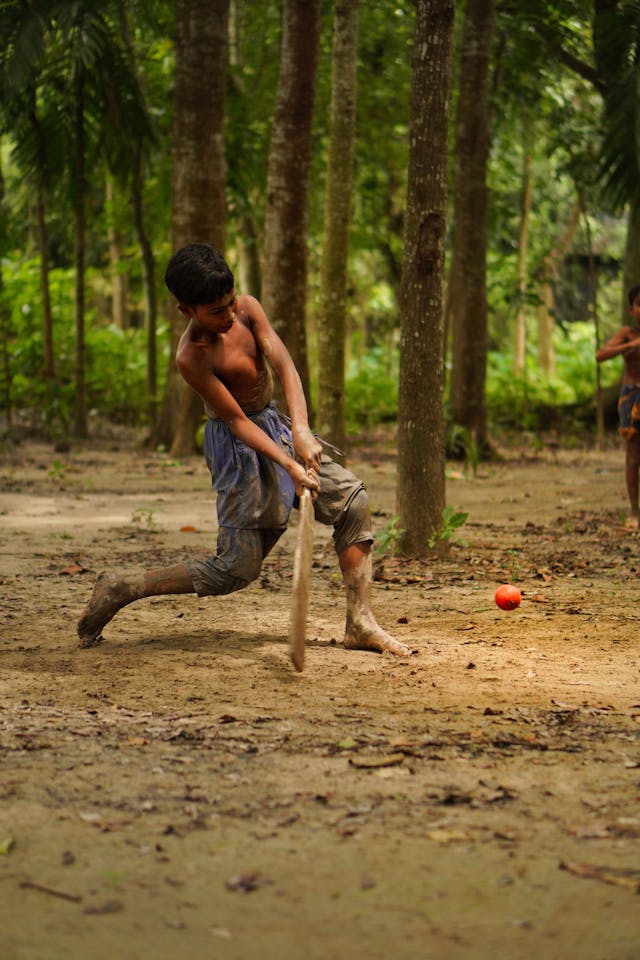
How to Visit Bhuban Village
Bhuban’s unique blend of culture, history, and natural beauty makes it an attractive destination for travelers looking to explore rural India. Here is a detailed guide on how to visit Bhuban village:
Getting There
Bhuban village is well-connected by road, rail, and air, making it accessible from various parts of Odisha and neighboring states.
- By Air: The nearest airport to Bhuban is Biju Patnaik International Airport in Bhubaneswar, which is about 125 kilometers away. From the airport, you can hire a taxi or take a bus to Dhenkanal, and from there, Bhuban is just a short drive away.
- By Rail: The nearest railway station is Dhenkanal Railway Station, located about 35 kilometers from Bhuban. Dhenkanal is well-connected to major cities like Bhubaneswar, Cuttack, and Kolkata. From Dhenkanal, you can hire a taxi or take a local bus to Bhuban.
- By Road: Bhuban is well-connected by road, with regular bus services from Dhenkanal, Bhubaneswar, and other nearby towns. The village is located on the NH 55 (Old NH 42), making it easily accessible by car or bus.
Best Time to Visit
The best time to visit Bhuban is during the winter months, from October to February, when the weather is pleasant and ideal for exploring the village and its surroundings. This period also coincides with several festivals, offering visitors the chance to experience the vibrant cultural life of Bhuban.
The monsoon season, from June to September, brings heavy rainfall to the region, which can make travel difficult but also transforms the landscape into a lush green paradise. If you enjoy the monsoon and don’t mind the rain, this can also be a beautiful time to visit.
Accommodation
Bhuban, being a village, does not have many accommodation options within the village itself. However, there are several guesthouses, hotels, and lodges in Dhenkanal, which is just a short drive away. Some popular options include:
- Hotel Shakti International in Dhenkanal, offering comfortable rooms and modern amenities.
- Panthasala (Tourist Lodge) run by Odisha Tourism, providing budget-friendly accommodation.
- Private Guesthouses and homestays in Dhenkanal, offering a more personalized experience.
For those who prefer a more immersive experience, staying in a homestay in Bhuban can provide a unique opportunity to live with a local family and experience the village life firsthand.
Exploring Bhuban
Once you arrive in Bhuban, there are several ways to explore the village and its surroundings:
- Guided Tours: Local guides can take you on a tour of the village, explaining its history, culture, and significance. These tours often include visits to local weaving centers, agricultural fields, and historical sites.
- Walking and Cycling: Bhuban is best explored on foot or by bicycle. Walking through the village lanes, interacting with locals, and observing daily life offers a deeper understanding of the community. Bicycles can be rented in Dhenkanal or from local shops in Bhuban.
- Festivals and Events: If your visit coincides with a local festival, be sure to participate in the celebrations. Festivals like Raja Parba, Dola Purnima, and Durga Puja are marked by traditional music


